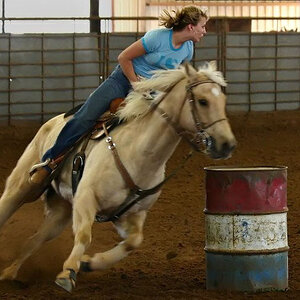Jim Benton
TPF Noob!
- Joined
- Aug 31, 2008
- Messages
- 23
- Reaction score
- 0
- Location
- London
- Can others edit my Photos
- Photos OK to edit
Seems rather a statement of fact to me,
If you think the statement that his article was full of inaccuracies, and false information was a fact, please tell us all what these are as I can't see anything wrong and I don't want to go away with the wrong information.
Oh, come on!however this statement, "Your rather puerile head in the sand approach does not... "
Putting someone in your kill file is certainly a 'head in the sand' approach. Maybe a sensible thing to do in some cases but then taking pot-shots at the person you've kill filed is childish in the extreme.
If someone has told Bifurcator about various errors, why did neither the informant or bifucator expose them rather than just making vague, unsupported accusations?



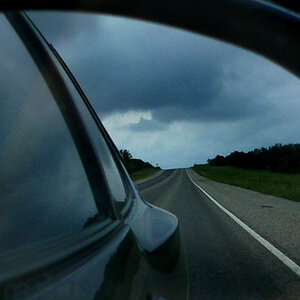
![[No title]](/data/xfmg/thumbnail/32/32708-c55da623febe9d91efe5f28aa54c3090.jpg?1619735612)
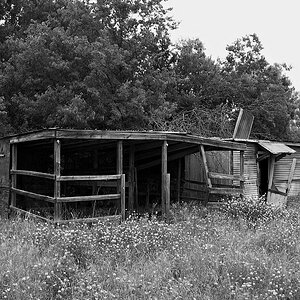
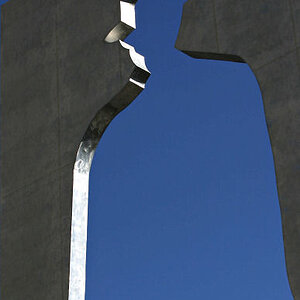



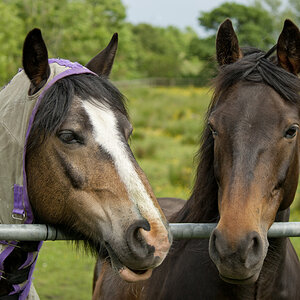

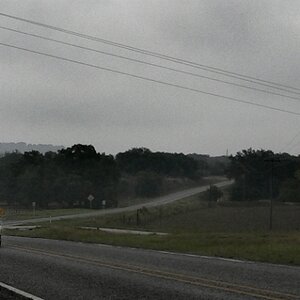
![[No title]](/data/xfmg/thumbnail/38/38738-7933157d1b8968c986eeeab2d1828524.jpg?1619738703)
